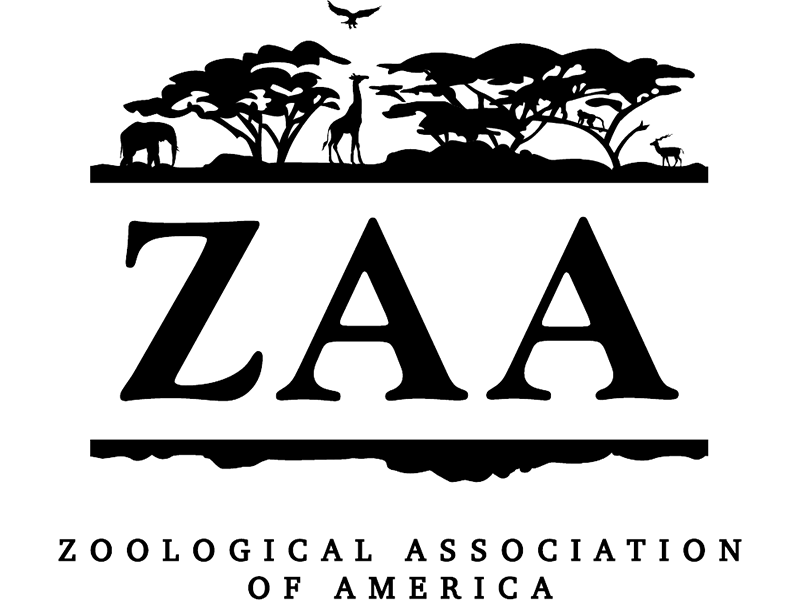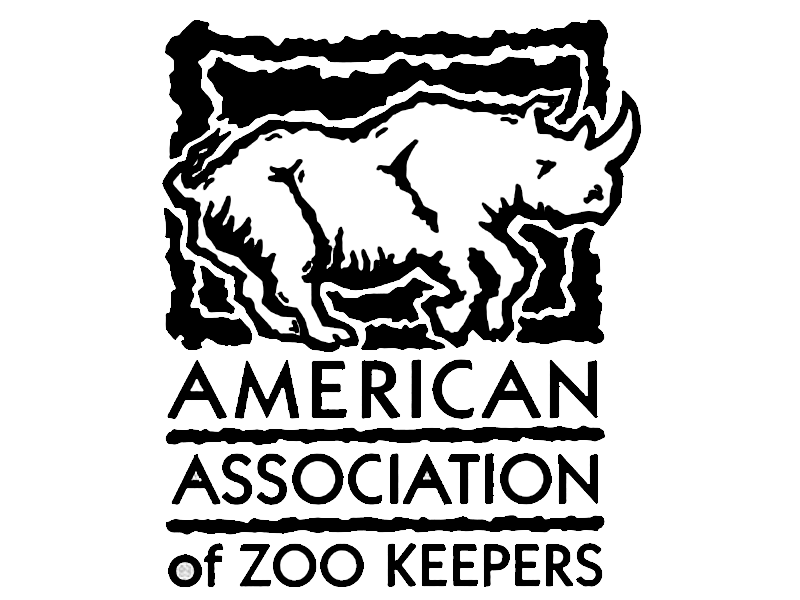The Animals
Emu
General Info
Common Name: Emu
Scientific Name: Dromaius novaehollandiae
Physical Appearance: Emus are the largest flightless bird with the smallest wings. The wings are hand-sized appendages which hang in front of the leg. Sexes are similar with brown, black and white plumage. The body feathers are doubled plumed and form a loose, hair-like covering because the barbs of individual feathers do not interlock.
Length/Weight: 5-6 feet tall, both sexes, males average 81 lbs. and females average 69 lbs.
Lifespan: Approximately 20 years in the wild, 30 years in captivity.
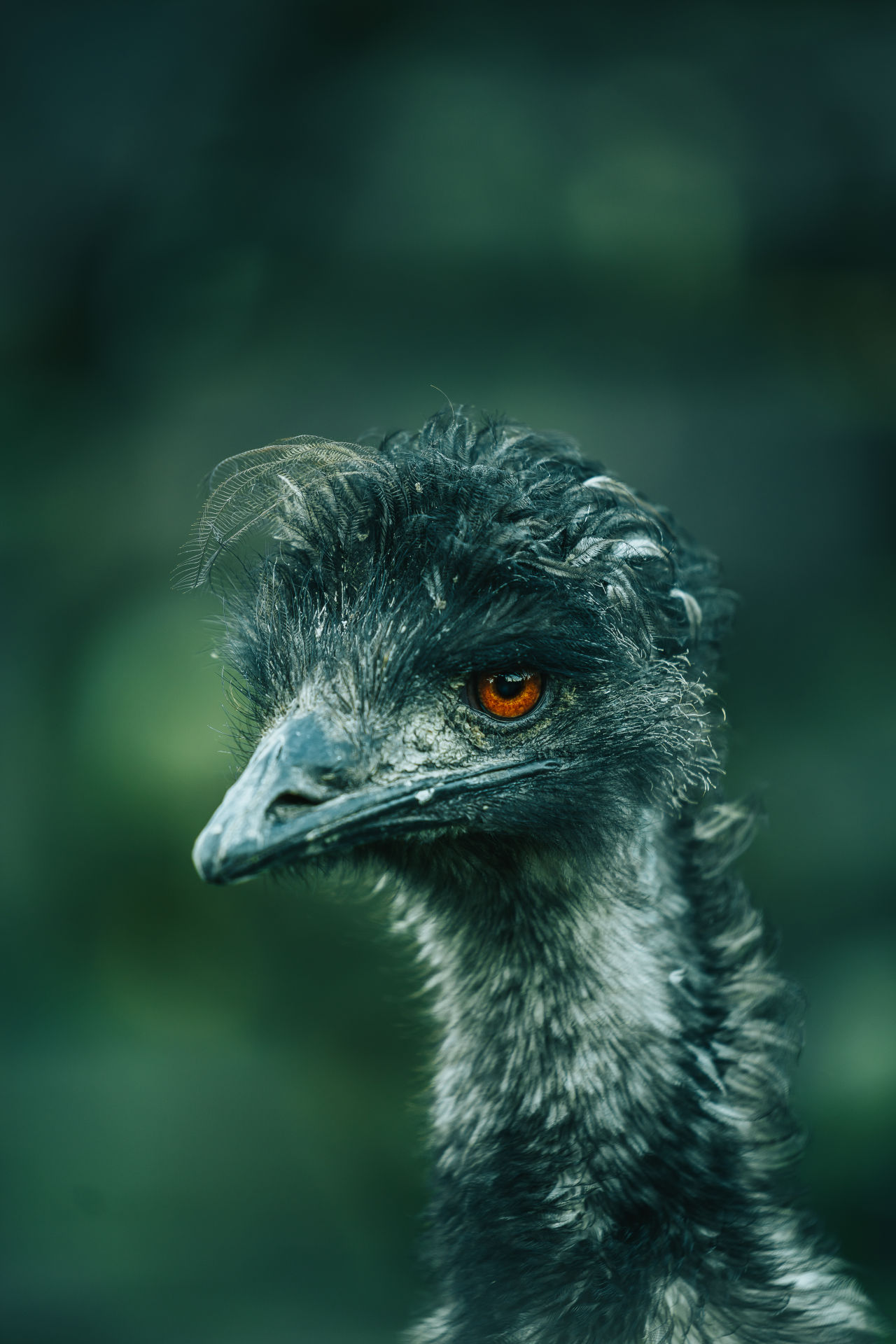
Environment
Range: Emus are native throughout mainland Australia.
Habitat: They can be found in eucalyptus forests, woodlands, heartland and desert shrub lands, and sand plains.
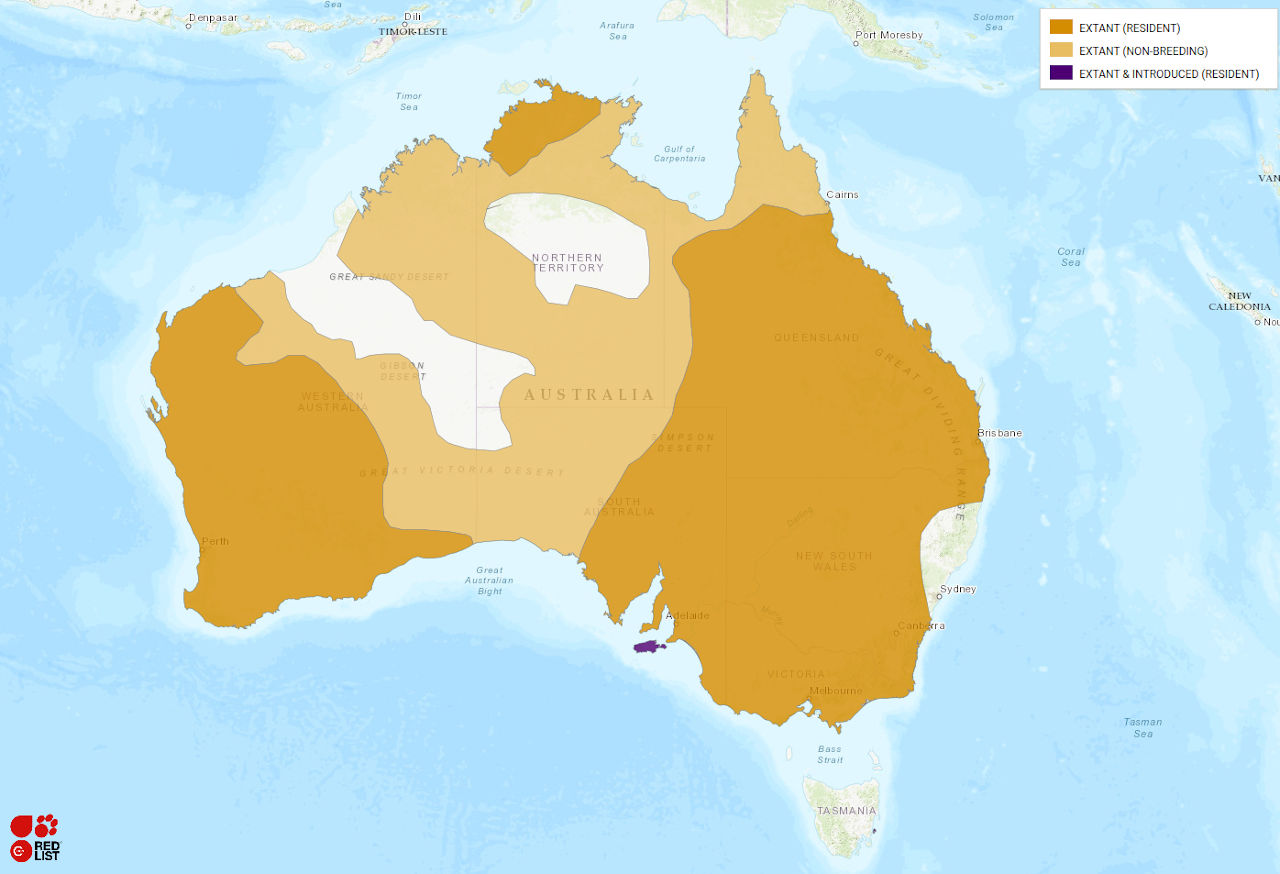
Diet
Emu’s forage in a diurnal pattern and eat a variety of native and introduced plant species (depending on availability). They also feed on insects such as grasshoppers, crickets, and ants. Emu’s drink at infrequent intervals and have been observed to drink continuously for 10 minutes. They live in an arid environment and it could take days to find a water source.
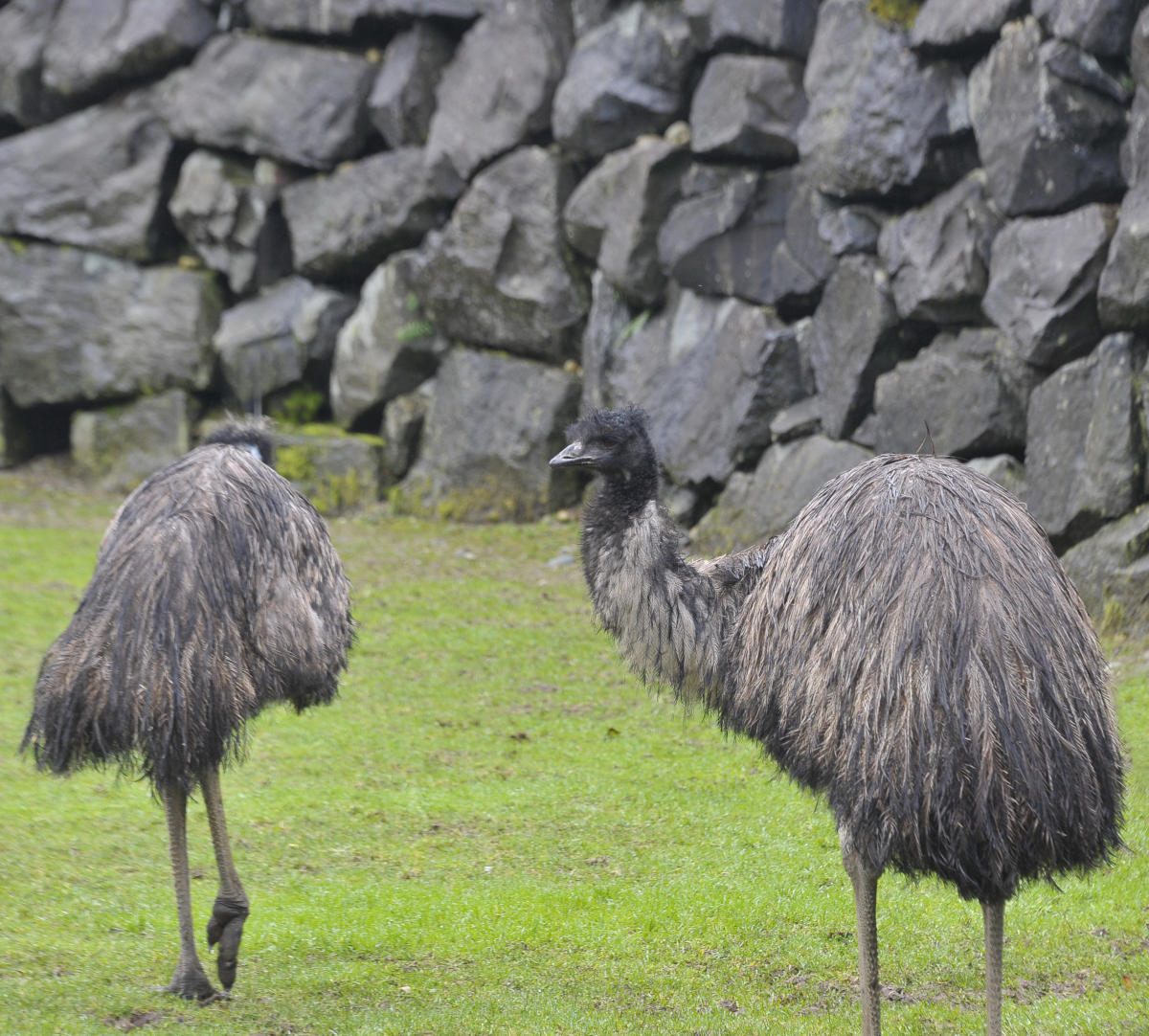
Reproduction
Breeding season is usually May-August in Australia. Most breeding units are a single pair. Clutches average 9-12 eggs. The male incubates the eggs for 8 weeks and rarely leaves the nest to eat, drink or defecate during this time. The male become aggressive once the eggs hatch and drive females away from the young. Chicks are cared for by the male for around 6 months.
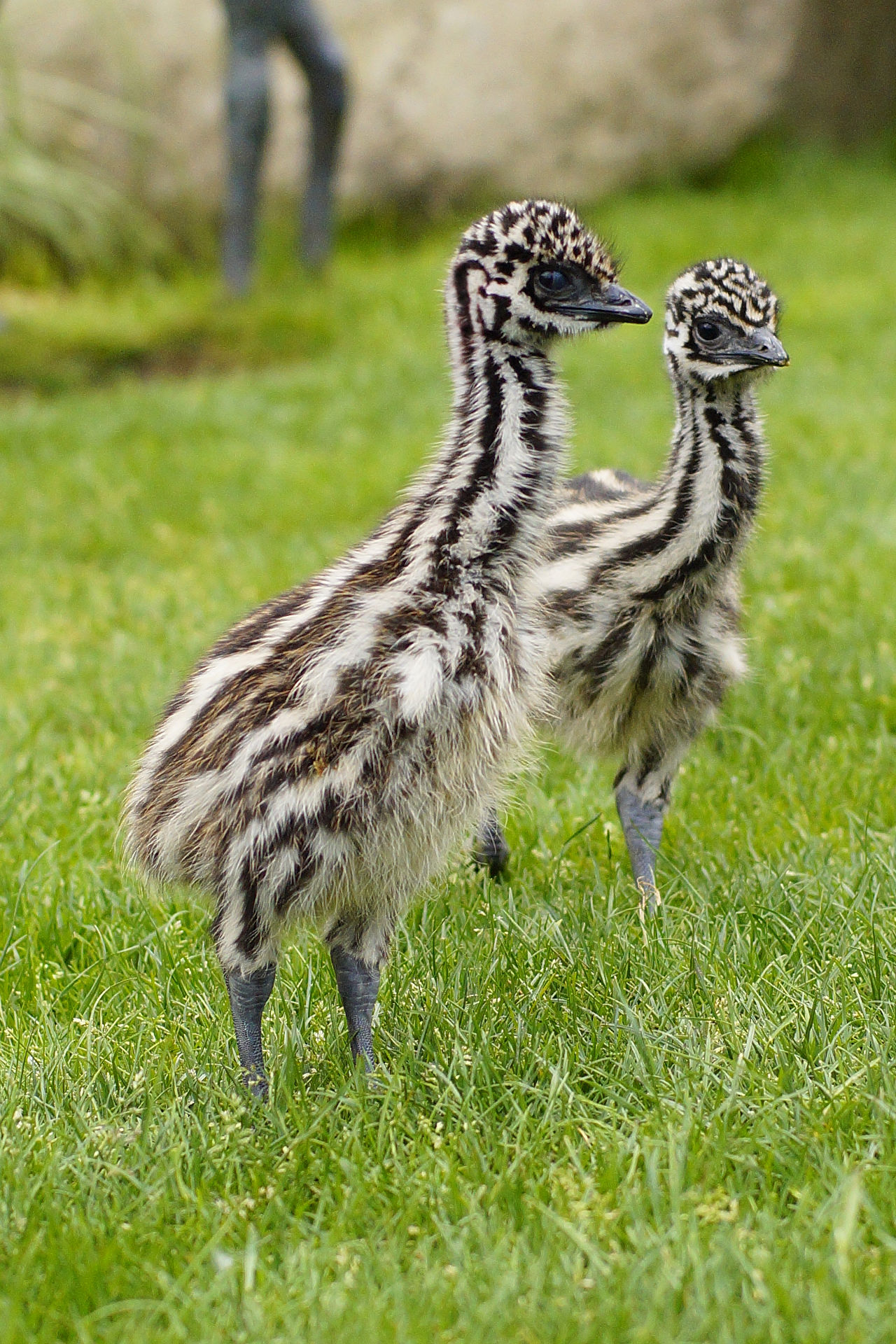
Conservation
Status:
Listed on IUCN: LEAST CONCERN
Population Trend: STABLE
Efforts: Habitat protection throughout most of range.
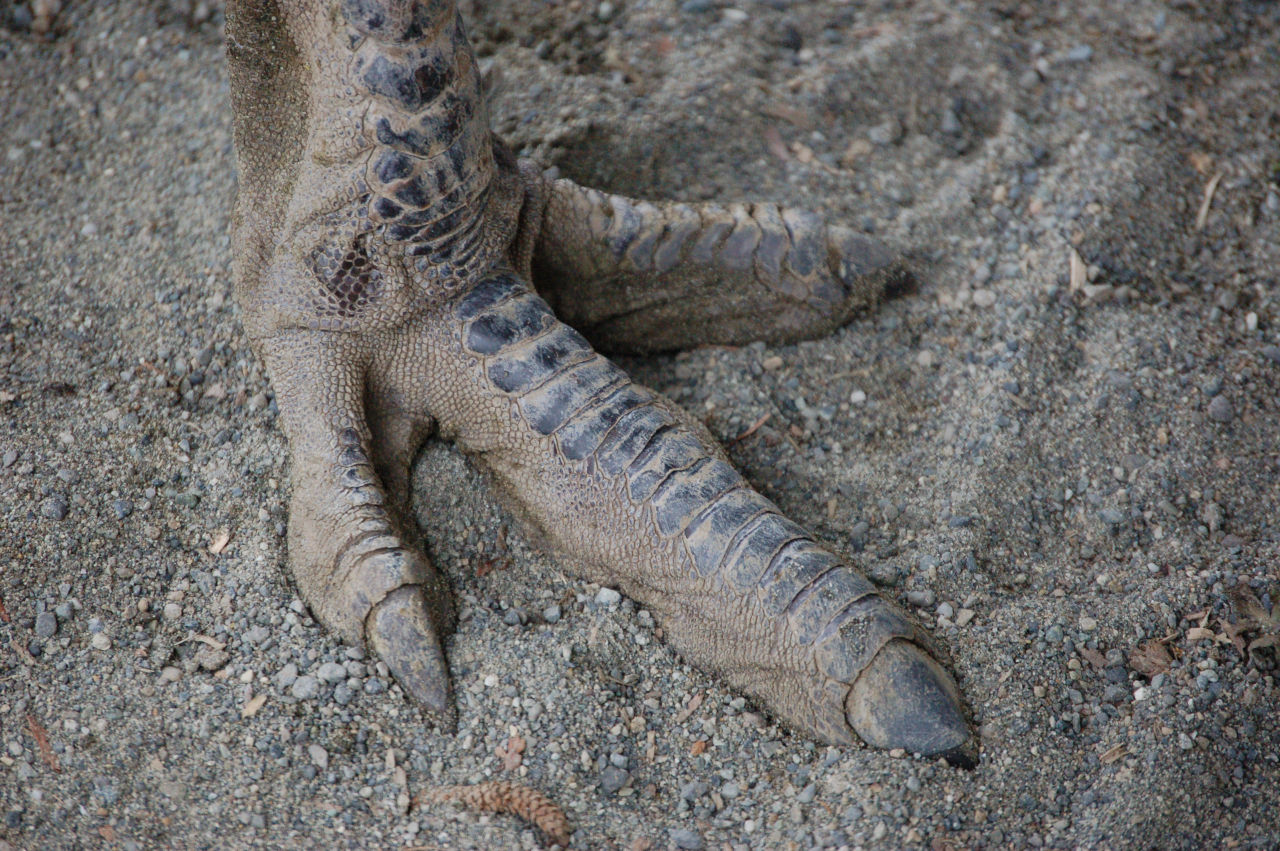
Important Facts
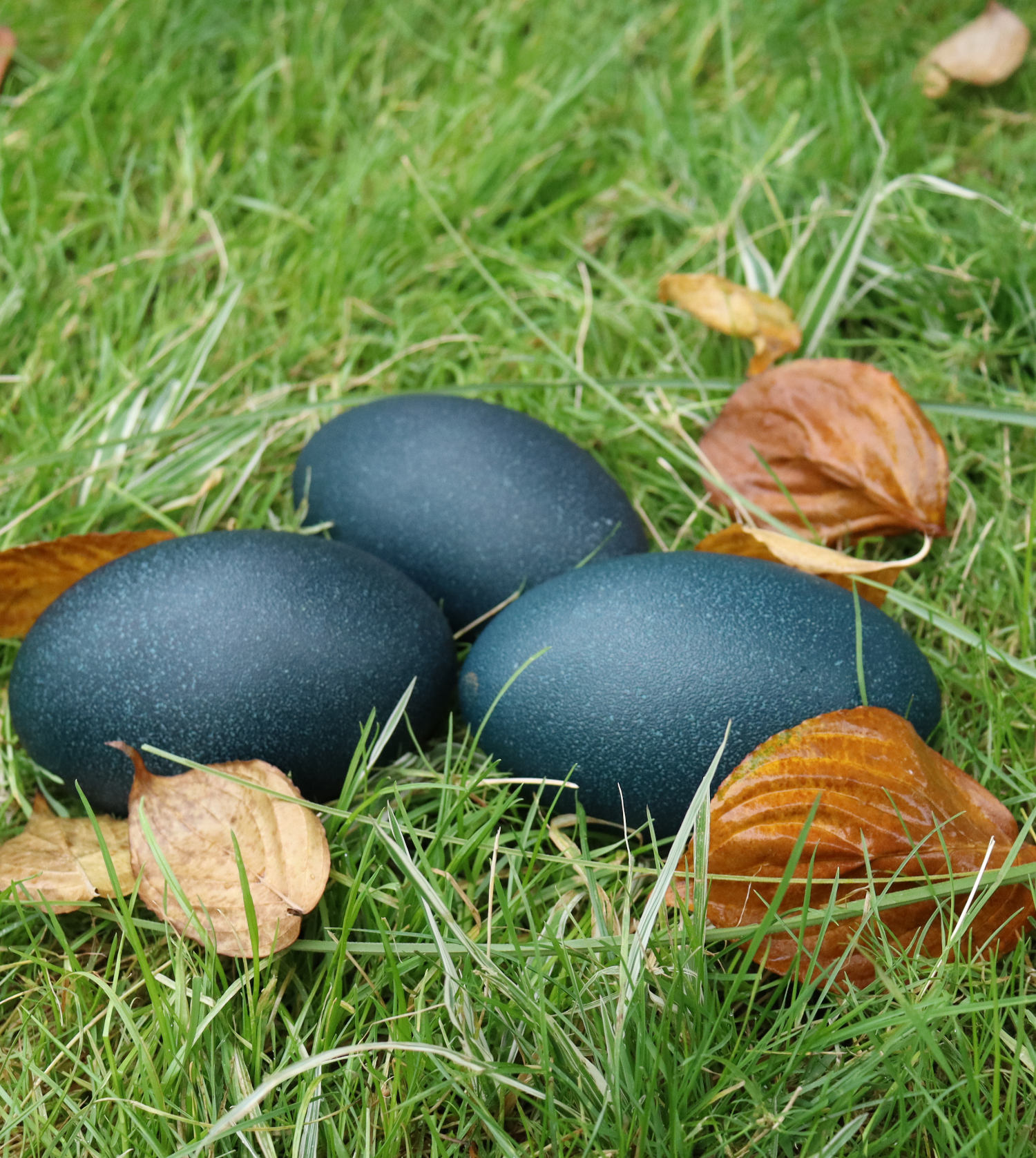
Emus can run up to 30 mph and have up to a 9 ft stride.
Emus in Australian Aboriginal Culture are used for a source of food.
In Aboriginal mythology, it was said that the sun was made by throwing emu eggs into the sky and emus are depicted in indigenous dances.
The Emu is the national bird of Australia and is illustrated in their coat of arms.
Sources:
IUCN: REDLIST
Encyclopedia Britannica
Australia Zoo

